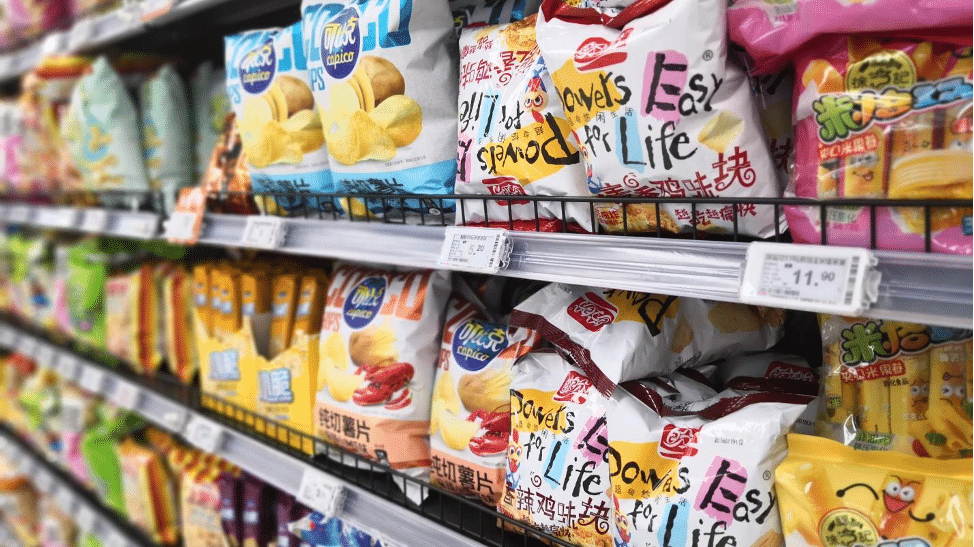Today’s business environment is very fast-paced as companies constantly encounter new challenges. For retailers, keeping up with the latest trends while also dealing with everyday issues can make or break their business. If problems like inefficient operations, inaccurate inventory, or poor customer engagement are not addressed properly, it could potentially lead to business failure. Therefore, retailers need to be aware of common retail problems and adopt smart retail solutions to tackle them effectively. This article aims to highlight the 5 most prevalent retail problems retailers face and provide their respective solutions.
5 Common Retail Problems and Their Solutions
While retailers have to deal with many issues daily, prioritizing the most common problems is key. Taking the right steps to solve these 5 key problems can significantly improve your standing as a retailer:
Problem 1: Lack of Data Analysis
Without accurate data on inventory levels, customer purchases, foot traffic, etc., retailers struggle to make informed decisions. They are essentially operating blind. Inventory may be mismanaged, leading to stock outage or waste. Valuable customer and sales insights are missing.
The Solution: Investing in planogram cameras or inventory robots equipped with barcode scanners can help you continuously collect backend data on all products shelved in your store. These tools silently scan shelves and capture accurate information on stock levels, product placements, facings, etc., on a daily or even hourly basis. This data, when analyzed using AI and business analytics tools, provides valuable insights to enhance your store’s operations via smart decisions on replenishment, promotions, staffing, etc.
Problem 2: Failing to Adapt to E-commerce
The rise of online shopping through sites like Amazon has disrupted traditional brick-and-mortar retail models that failed to keep pace. Customers have embraced the convenience and selection of online shopping, posing an existential threat to retailers who didn’t evolve their operations accordingly.
The Solution: Connecting the online and offline experience through strategies like click-and-collect allows you to cater to changing customer preferences and remain competitive by facilitating customers to purchase items online and pick them up conveniently in-store. Integrating inventory between online and offline channels means orders can be fulfilled from either side. Smart retail solutions and tools like electronic price labels that enable fast order picking can help you bridge the gap. ESLs paired with automated inventory updates ensure that in-store and online prices remain synchronized to help you stay relevant and compete in today’s omnichannel landscape.
Problem 3: Inefficiency
Manual price changes, item locating, cashier-operated checkouts, etc., are unproductive tasks that waste employees’ time and energy. When staff is busy doing low-value busywork, customer service suffers.
The Solution: Automating such processes through digital price tags and self-checkout kiosks frees up your staff to focus on more valuable customer-facing duties. Electronic shelf labels allow for remote centralized price updates across all departments with a single click, removing the need for manual label printing and placement. Their navigation lighting helps employees quickly replenish shelves. Self-checkout devices reduce queue times by allowing customers to scan and pay on their own. Together, these smart tools boost productivity multifold by removing menial duties so staff energy can be poured into more critical roles.
Problem 4: Ineffective Inventory Management
Running out of stock for popular items is as bad for business as being stuck with slow-moving inventory. Both scenarios waste money and dissatisfy customers.
The Solution: Consider investing in shelf monitoring cameras and intelligent replenishment systems powered by IoT and automation smart retail solutions. Leveraging AI, the Internet of Things, automated shelf monitoring, and intelligent replenishment systems ensures inventory is optimized at the store level in real-time. In this way, it eliminates the inefficiencies of outdated manual inventory tracking and replenishment.
Problem 5: Lack of In-Store Marketing
Simply having products on shelves is no longer enough – customers demand an engaging brand experience these days. Traditional signage/posters easily get overlooked.
The Solution: Digital signage powered by EPD or LCD is recommended as it allows you to distribute interactive product information, recommendations, and deals to shoppers dynamically based on available inventory, purchase trends, and planned promotions. Trigger-based messages, interactive demos, and video content keep shoppers informed and facilitate impulse buying. Together, these retail marketing solutions enhance the shopping experience.
Hanshow Offers Comprehensive Smart Retail Solutions
Hanshow is a leading global provider of digital technology for retail with a mission to digitally transform stores through its innovative smart retail solutions. With years of industry experience, the brand helps top retailers around the world significantly boost profitability. Its quality solutions, industry experience, commitment to innovation, and attentive support make it a trusted partner for progressive retailers worldwide. Primary smart retail solutions from Hanshow include:
ESL Solutions
Electronic Shelf Labels (ESL) are at the core of Hanshow’s offerings. They ensure price accuracy and eliminate mismatches. Features like navigation lighting aid order picking. Furthermore, ESLs also provide expanded product information for customers while automating tasks and reducing waste compared to paper labels.
In-store Marketing Solutions
Hanshow’s digital signage enhances the customer experience through interactive edge displays, innovative marketing tools, and data-driven content management. The brand’s LUMINA series showcases products and deals and facilitates innovative promotions.
AIoT Solutions
Hanshow’s AI monitoring system collects real-time shelf and traffic insights through innovative, smart gadgets. This data collected by ViSight AI Cameras and SPatrol Robot powers inventory replenishment, layout optimization, and new customer engagement strategies.

Adopting smart retail strategies is no longer optional but essential for retailers to survive modern market disruptions. The above-listed are five common retail problems. Addressing even one of them can deliver huge value. Therefore, it is recommended for retailers to invest in future-proof technology right away. As a global retail digitalization partner, Hanshow provides comprehensive smart retail solutions. With these, you can ensure that you gain maximum operational excellence and customer satisfaction while reducing costs. Visit Hanshow’s website to learn more about empowering your business through intelligent retail technology.

